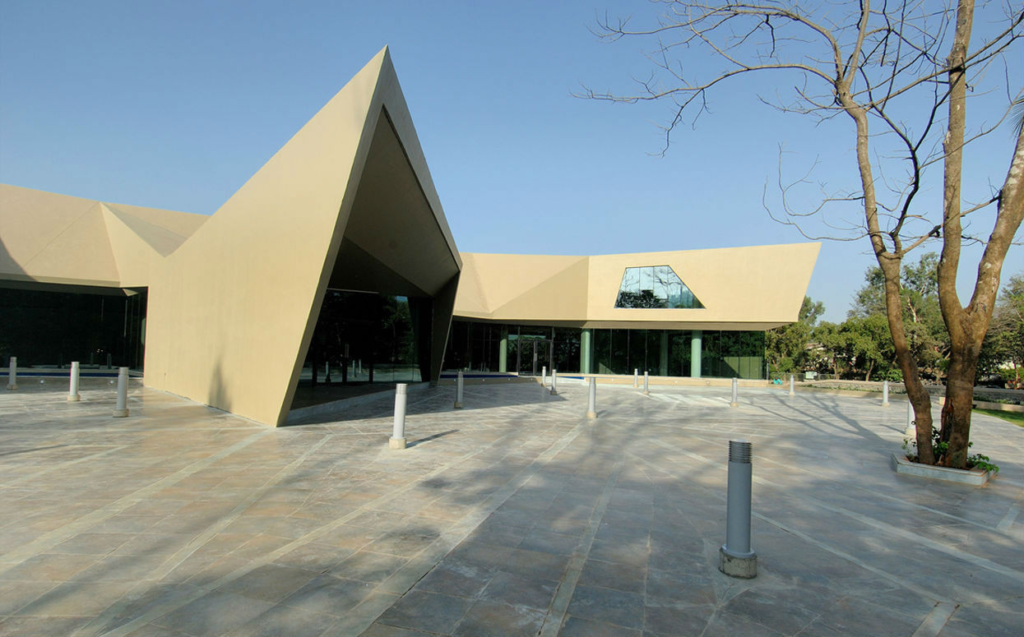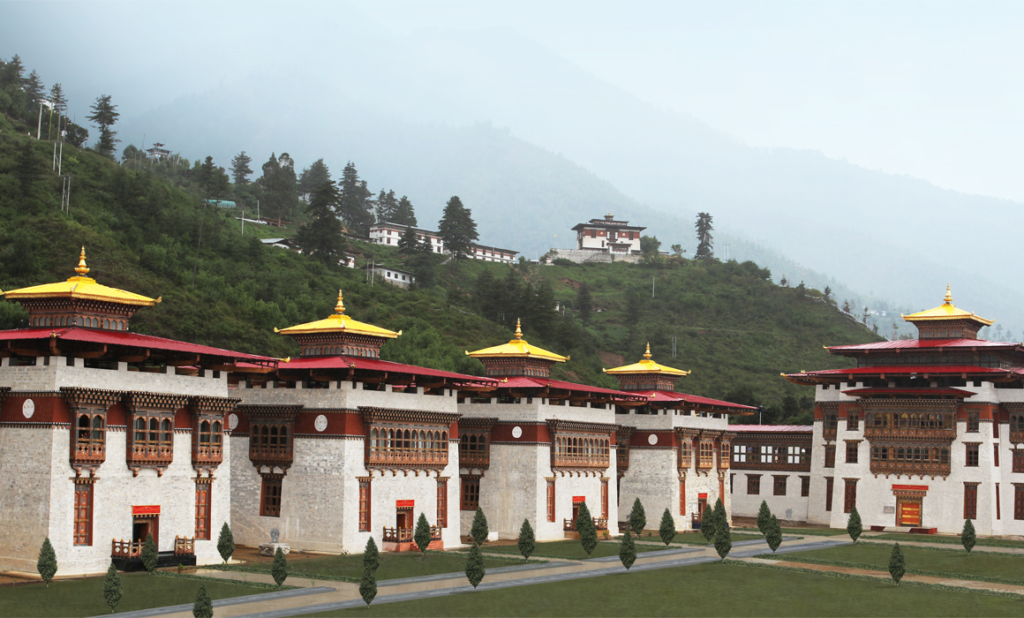
The architectural world mourns the loss of one of its most influential figures, Christopher Charles Benninger, who passed away early morning today An American-born Indian architect and urban planner, Benninger’s work spanned continents and left an indelible mark on the landscape of modern architecture.
Born in 1942 in Hamilton, Ohio, Benninger’s journey in architecture began at Harvard University, where he studied under the tutelage of Josep Lluís Sert and Paul Rudolph. His academic pursuits led him to MIT, where he delved deeper into the realms of urban planning and architecture. Little did the world know that this young American would go on to become one of India’s most celebrated architects.
Benninger’s move to India in 1971 marked the beginning of a transformative journey, not just for him, but for the architectural landscape of the subcontinent. He founded the School of Planning at Ahmedabad in 1971, which later became a part of CEPT University, instilling his philosophy of contextual modernism in generations of architects and planners.
His architectural language was a unique blend of modernist principles and a deep respect for local context, climate, and culture. This approach is evident in some of his most iconic works. The Mahindra United World College of India in Pune stands as a testament to his ability to create spaces that are both contemporary and rooted in their environment. The campus, with its exposed brick structures and integration with the surrounding landscape, exemplifies Benninger’s philosophy of creating architecture that belongs.

Another landmark project, the Samudra Institute of Maritime Studies in Lonavala, showcases Benninger’s mastery in creating functional yet aesthetically pleasing institutional spaces. The design, reminiscent of a ship, not only serves its purpose as a maritime training institute but also stands as a sculptural entity in harmony with its surroundings.

Benninger’s influence extended beyond India’s borders. In Bhutan, he designed the Supreme Court of Bhutan, a project that further cemented his reputation as an architect sensitive to diverse cultural contexts. This project, nestled in the Himalayan landscape, beautifully marries modern educational requirements with traditional Bhutanese architectural elements.

Benninger’s work wasn’t confined to individual buildings; he was equally passionate about urban planning. He advocated tirelessly for sustainable and socially responsible development in rapidly growing cities. His book, “Letters to a Young Architect,” became a guiding light for many aspiring architects, encouraging them to think beyond mere aesthetics and consider the social and environmental impact of their work.
Throughout his career, Benninger received numerous accolades, including the prestigious Baburao Mhatre Gole Medal Award from the Indian Institute of Architects. However, his greatest legacy lies in the spaces he created and the lives he touched through his work and teachings.

As we bid farewell to this architectural luminary, we are reminded of his words: “Architecture is not about buildings, but about people.” Christopher Benninger’s passing leaves a void in the architectural community, but his vision, philosophy, and the spaces he created will continue to inspire and influence generations to come.
In this moment of loss, we celebrate the life of a man who not only shaped skylines but also shaped minds, leaving behind a legacy that will be studied, admired, and built upon for years to come. Christopher Benninger may have left us, but his architecture will forever speak of his genius, his humanity, and his profound understanding of the harmony between man and nature.



